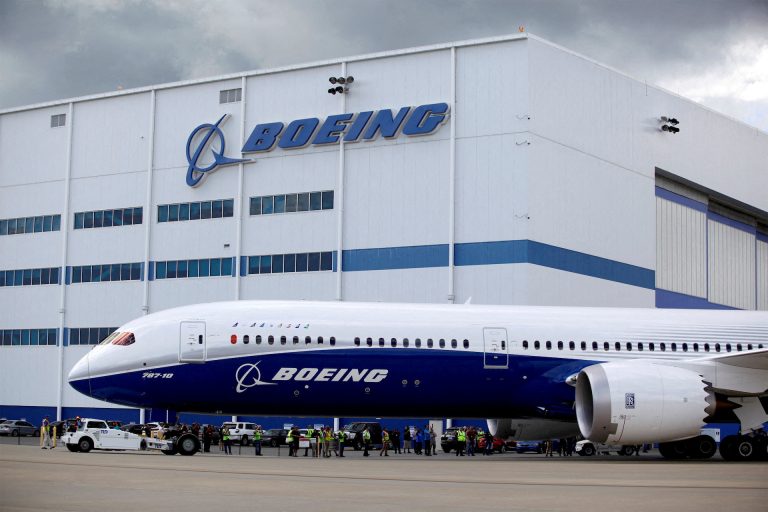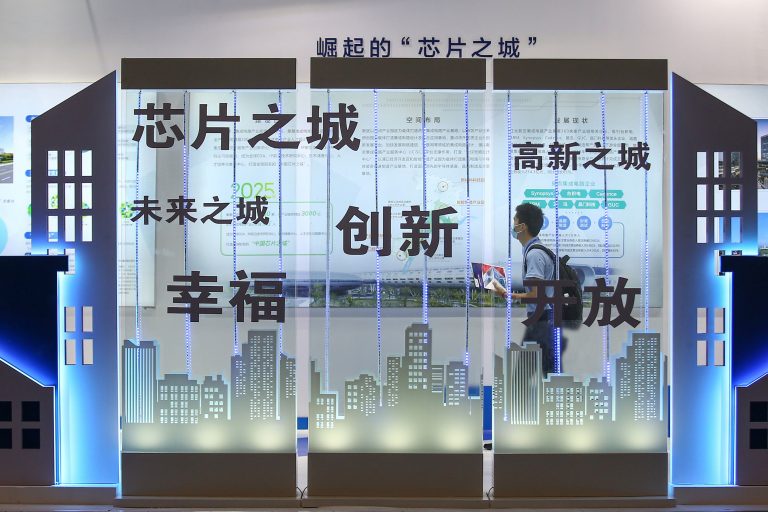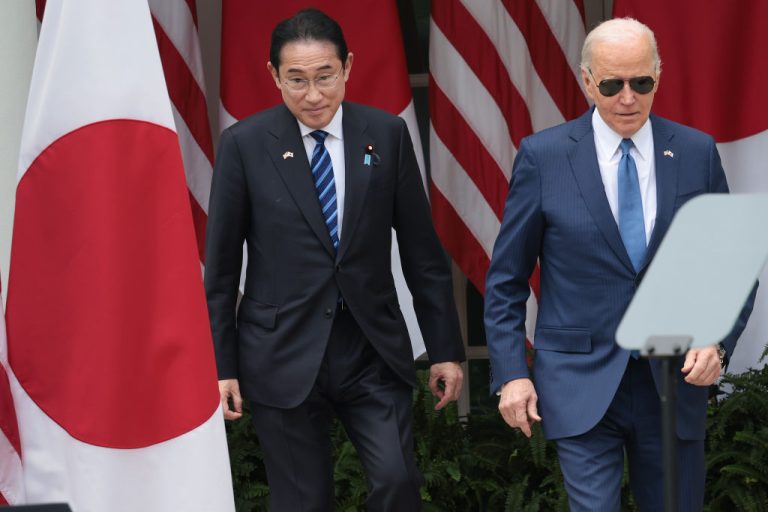In a strategic move that could signify thawing ties between the world’s top two powers, China is reportedly contemplating resuming aircraft purchases of Boeing’s 737 jetliners — potentially ending a long commercial halt in a vital market for the American aviation manufacturer. The decision is expected to be a key topic of discussion when presidents Joe Biden and Xi Jinping convene at the Asia-Pacific Economic Cooperation (APEC) summit currently taking place in San Francisco.
According to a recent report by Bloomberg, sources familiar with the matter have indicated that the “significant development in aviation commerce” could transpire during the high-profile meeting. The APEC summit is slated to take place from Nov. 11 to Nov. 17.
MORE ON THIS: Xi to Meet Biden During APEC Summit in San Francisco
The sources added that while Xi is not anticipated to formalize an order for the 737 Max aircraft during the summit, the nature of such high-stakes agreements often begins as a memorandum of understanding or with a letter of intent, Bloomberg reports. This suggests a cautious yet optimistic approach, with the terms of any potential agreement being fluid and subject to alteration or even dissolution prior to this week’s meeting.
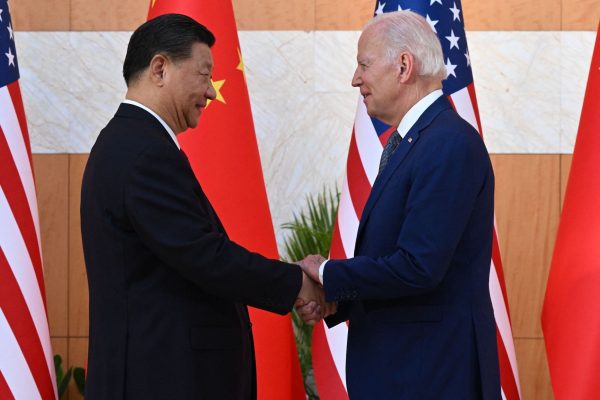
“I’m optimistic about the discussions that are going to occur in San Francisco,” said Stan Deal, head of Boeing’s commercial aircraft unit, adding that it’s “still too early” to predict whether or not a concrete agreement will be reached. “Our job is going to be, deliver airplanes one at a time and express to the Chinese the need to replace their fleets and provide growth for the future.”
Business as usual?
Success
You are now signed up for our newsletter
Success
Check your email to complete sign up
Boeing, a leading American aerospace corporation, has been eagerly awaiting the green light to resume deliveries of its flagship 737 MAX to Chinese airlines. The model’s commercial operations in China were abruptly suspended over four years ago following two catastrophic crashes by Ethiopian Airlines — casting a long shadow over Boeing’s market prospects in the country and Asia-Pacific region.
“Given that two accidents both involved newly delivered Boeing 737-8 planes and happened during take-off phase, they have some degree of similarity,” China’s Civil Aviation Administration said at the time.
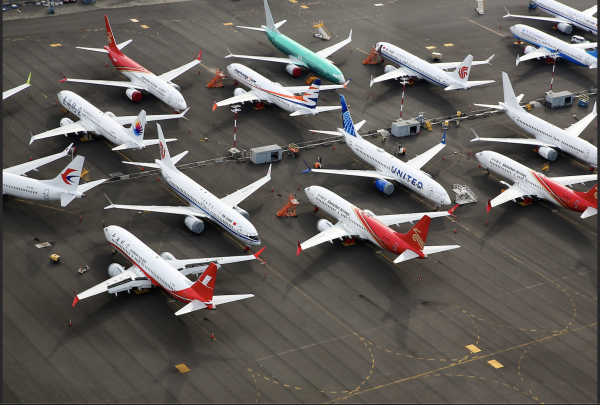
Despite the uncertainty, as of June’s end, Boeing had successfully reinstated commercial operations to account for approximately 90 percent of its 737 Max jets in China — signaling a gradual recovery for the Virginia-based corporation.
Still, the company’s fortunes in China have been further complicated by escalating geopolitical and trade tensions between Beijing and Washington, which have virtually excluded Boeing from new orders from Chinese carriers since 2017. However, Boeing expressed optimism in September by revising its 20-year forecast for new plane deliveries in China and beyond, Reuters reports. This effort was fueled by predictions of robust economic growth and a burgeoning demand for domestic air travel within the country.
RELATED: US Implements Export Rules for AI Chips as Global Tech War Heats Up
The sources also noted that while Xi is not anticipated to announce an official order for the 737 Max, which stands as Boeing’s primary revenue generator, Boeing’s outlook is “particularly bullish” regarding China’s aviation sector. The U.S. aircraft manufacturer anticipates that China’s fleet will more than double — reaching nearly 9,600 jets over the next two decades.
Anticipated boom
Meanwhile, Boeing forecasts that deliveries spanning up to 2042 will encompass a diverse range of aircraft, including 7,440 wide-body planes, 1,810 regional jets, and 925 freighters. The company anticipates that approximately 50 percent of these new jet deliveries will serve to replace aging aircraft in existing fleets, while the remaining half will contribute to the expansion of narrow-body airline fleets.
“The end of the recovery has played out largely as we’ve expected, with a few different nuances and dynamics,” Darren Hulst, Boeing’s vice president of commercial marketing, told reporters during a briefing in June.
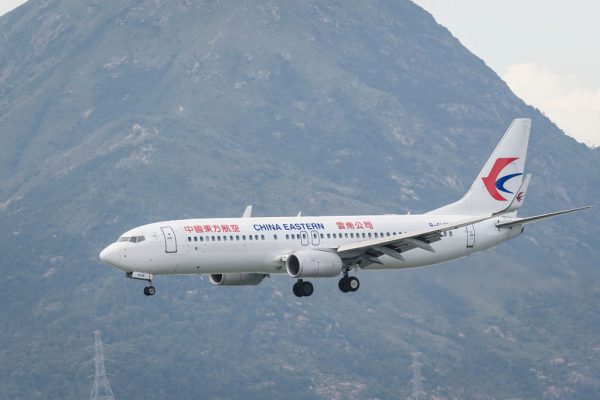
This projection positions China’s domestic aviation market as the world’s largest by the end of this forecast period. The demand for single-aisle planes, such as the Boeing 737 MAX family, is expected to be especially high, with an estimated need for approximately 6,470 such aircraft, the report adds.
In May, Reuters highlighted a report published by China’s aviation regulator, which Boeing considered a critical milestone towards resuming deliveries in the country. According to the report, China’s air passenger numbers soared by a staggering 537.9 percent in April to reach 50.3 million passenger trips from a year earlier.
As of publishing time, both Boeing and China’s Foreign Ministry declined requests for comment from publishers regarding the possible commercial breakthrough. Actual deliveries have yet to re-commence.



